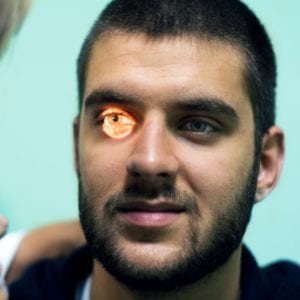
When asked about eye health:
- Only about 10 percent of women stated they thought about things like eye disease.
- Approximately 85% of women stated they thought men had an equal risk of eye disease as themselves.
- About 5% of women thought their risk for eye disease was lower than men.
These women were wrong. If you aren’t yet thinking about your eye health and risks for eye disease, now is the time to start. Studies indicate that a woman over the age of 40 is more likely to develop cataracts than a man in her age group. Furthermore, women are also more likely than men to develop glaucoma and age-related macular degeneration. All of these conditions can significantly diminish eyesight, even causing blindness.
Understanding Risks
Knowing that there is a risk for eye disease is the most important matter. While it doesn’t change anything to know why these risks exist, it can provide clarity for some patients. Factors that make a woman at risk for eye disease include:
- Her lifespan. Statistics show that women typically have a longer lifespan than men.
- Her lifestyle. Women may be more vulnerable to dietary habits. Weight is a common factor in the risk of several diseases, including diabetic retinopathy.
- Her hormones. Unlike men, women go through numerous shifts in hormone levels throughout their lives. Each shift can alter various parts of the body just a little bit. Over time, these shifts can result in clouded lenses, dry eyes, or other problems.
Supporting Eye Health is Easy
There are easy steps that a woman can take to nourish her eyes at every age. Making good choices can offset the uncontrollable factors quite a bit. These good choices include:
- Eating a diet of fresh fruits and vegetables, lean meats, and healthy fats. Fresh foods provide vitamins, minerals, fatty acids, and antioxidants that keep the eyes flexible, moist, and healthy.
- Avoiding cigarettes and other tobacco products that break down blood vessels.
- Use good makeup hygiene, including cleaning makeup brushes and disposing of old makeup.
- Maintain yearly comprehensive eye exams.
If you are in the Ocala area, we can help you assess and address your risks for eye disease. Call (352) 237-8400 to schedule a consultation and exam.
